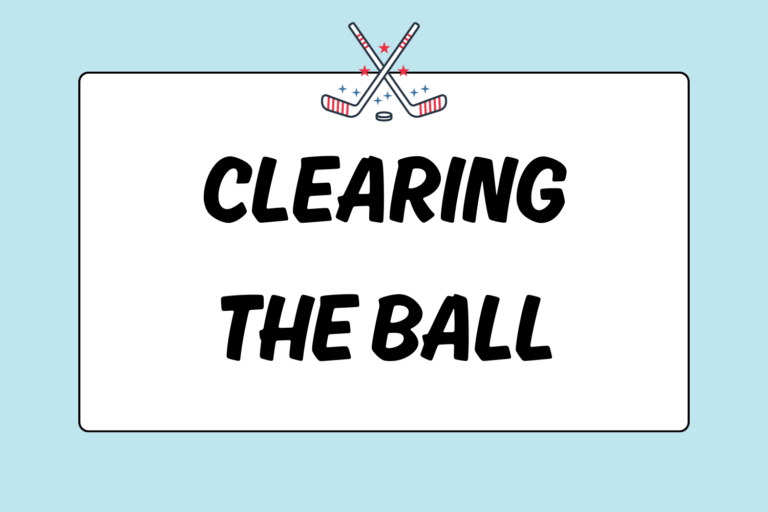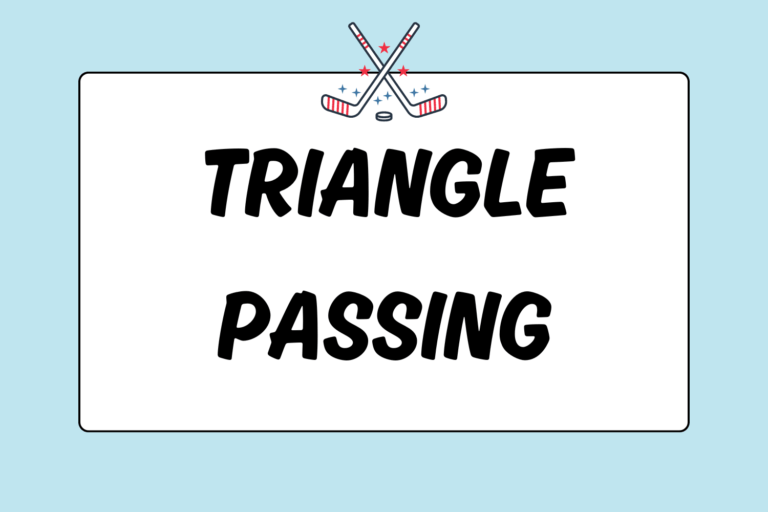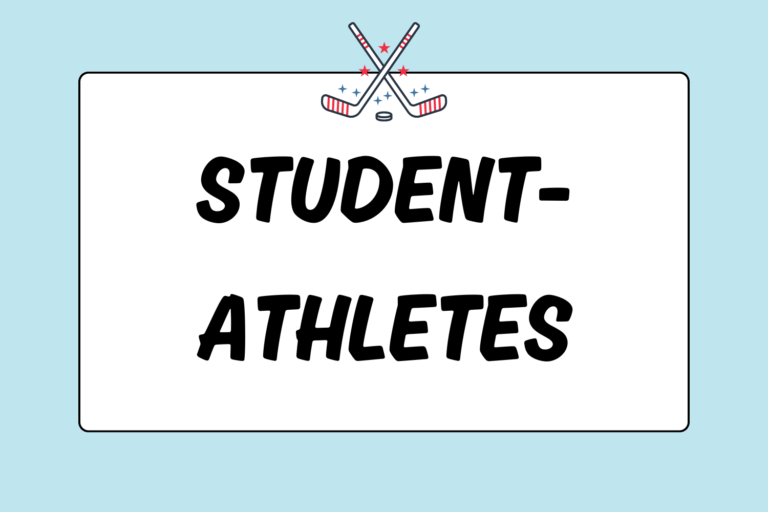A goalie’s main job is to protect the goal at all costs. Clearing the ball out of the circle is one of the tactics used by goalies to reduce shots on goal. So, why doesn’t a goalie just kick the ball over the end line, rather than trying to clear it to the sidelines? The answer is that she cannot do that — purposely hitting the ball over the end line is illegal in field hockey.
However, there is a loophole: The ball is allowed to be deflected over the end line. If you’re unclear on the differences, don’t worry. This guide will help you understand when clearing the ball over the end line is legal.
Quick Overview
As the rules state, if a goalie purposely hits the ball over the end line, a penalty corner will be awarded to the opposing team. This is not the best outcome, as most goals are scored during penalty corners. So, you’ll want to get the ball out of your zone a different way.
As a goalie, you are allowed to use any part of your body and your stick to stop the ball, but you are never allowed to cover or lie on it. So, your main goal is to clear the ball out of the circle as soon as possible.
Kick Clears
The main way to clear the ball out of the circle is by kicking it, but you are not allowed to kick it over the end line. So, make sure you are always aiming towards the sidelines. If the ball does cross the end line, it is legal only if it is the result of a missed kick or deflection off your pads. For more information on kick clears, check out our guide, Field Hockey Goalie: Clearing the Ball.
Deflections
If the ball bounces off of your body and is deflected over the end line, play is legal because it is not an intentional hit. The most common deflections are made while stopping lifted shots with your stick or your hand. But, you are not allowed to swat at the ball or intentionally hit it down. So, make sure you redirect it towards the sidelines and, if possible, deflect it over the end line. Doing this will eliminate further scoring opportunities. If you redirect a ball in front of the goal, you give the other team a big, juicy rebound.
For more information on basic stick and hand saves, see our guide Field Hockey Goalie: Basic Saves.
The ball may also be deflected over the end line off your pads. This commonly happens when someone takes a shot from the sides of the goal. As long as you do not intentionally kick it over, deflecting shots with your pads is the best option because it eliminates the possibility for rebounds.
Shots on Goal
Depending on where the shooter is and where the ball is, you may not want to even touch the ball. But, you must be smart and know the rules! Otherwise, you could cost your team a goal.
Wide Shots
If the player shoots wide (misses) of the goal, position your body to protect the goal near its posts, but let the ball roll over the end line. Make sure to protect it, though! You only need to clear the ball if an opponent can get to it and take a shot before it rolls over the line. Otherwise, you want it to cross over so your team receives a 16-yard hit . If you try to clear the ball, you will put it back into play and give the attackers a second chance to take a shot on goal.
Shots Taken outside of the Shooting Circle
If you are new to field hockey, you may not be aware that the ball has to be touched inside the shooting circle by a player (including yourself) to count as a goal. So if a player hits the ball from outside of the shooting circle and no one touches it, you can let the ball roll into the goal. The goal line, in this case, acts as the end line — it is out of bounds. Your team will receive a 16-yard hit if the last person to touch the ball was the shooter. If you are hesitant about whether or not the ball was hit inside the shooting circle, you can clear it.
Benefits
Deflecting the ball over the end line is the best way to get the ball out of your zone. By doing so, you eliminate the possibility of rebounds and force the other team to backtrack once your team is awarded a 16-yard hit. But, remember the cardinal rule that the ball cannot be hit over the sideline, it can only be deflected.
If you have the option to clear the ball back into the crowd or legally let it roll over the end line, let it roll. Goaltending is based more on playing smart than playing hard. So, make less work for yourself by knowing and understanding these rules and use them to your advantage!





